10 Nov, 2023
Indian cuisine is well-known to be one of the most diverse, rich in flavor and influential cuisines in the world. Indian food is a delicate balance of various spices and ingredients which results in a rich abundance of flavor. The food in India and the Indian food available abroad can be known to vary a bit in flavor or spice level, but it is greatly encouraged to be open-minded and enjoy the local food of India. The use of spices, ingredients and different seasonings although used in different ways across different regions across India, is universal across India in the sense of being used in the preparation of food in India. This is not to insinuate that Indian food is just spicy. Everyone’s different palates are taken into consideration and despite spices being used, food is prepared with different spice levels in order to accommodate everyon.
Regional Delicacies
Food in North India is known to be historically influenced by Central Asian culture. The cuisine in this region, starting from Kashmir and stretching towards Punjab, Haryana, New Delhi and Uttar Pradesh also notes the significant presence of various kinds of rotis and rice. Regional delicacies from North India include many flavorful dishes such as Dum Aloo, Rogan Josh, Chole Bhature, Tandoori Chicken, Biryani, Shahi Tukda, Bedai Poori, Butter Chicken, Rajma Chawal and various Kebabs etc.
West Indian region can be seen to have spicy food, rich in flavor and spice level. Especially in states like Rajasthan and Maharashtra, you can find rich spicy food like Laal Maas, Dal Baati, Vada Pav, Thalipeeth, Keema Pao, Black Mutton Curry. Western states like Maharashtra are also known for their seafood, due to them being close to coastal area, example being Kolhapuri fish and Bombay Duck, which is actually a fish dish in spite its name. East Indian states also have rice as a significant part of their cuisine.
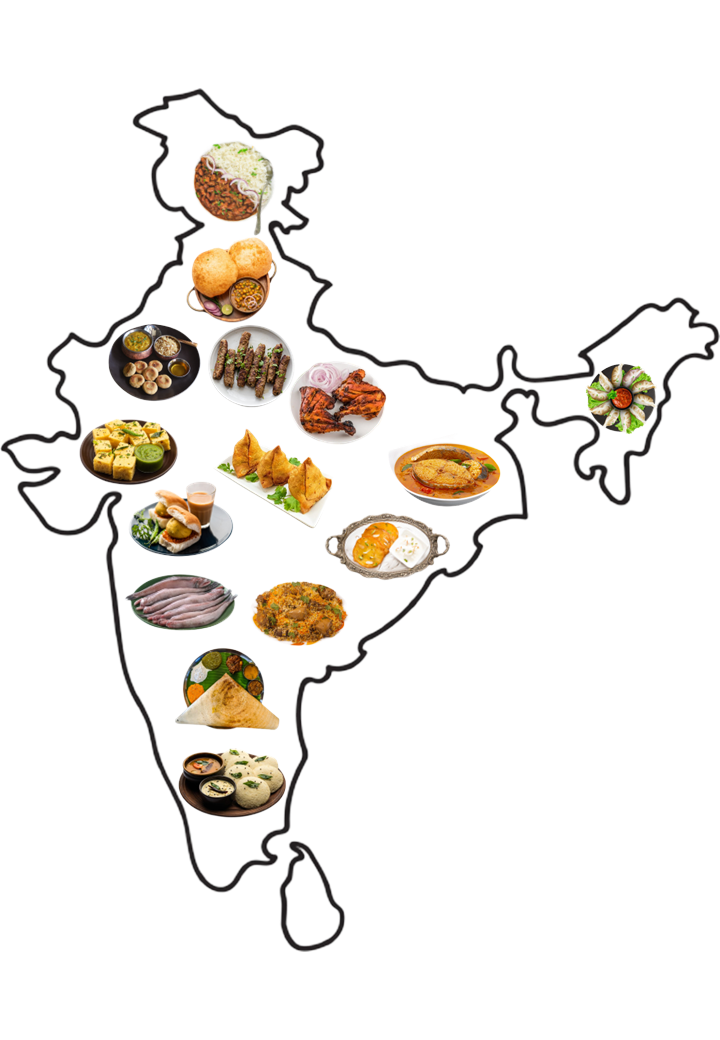
Since states like West Bengal are also coastal states, they also have a number of dishes featuring fish, prawns and other seafoods. Most of the dishes, except a few areas’ cuisine is known to be more subtle in their spicy levels when compared to the rest of Indian food. States like Assam, Nagaland etc. are known to have more spicy food in their culture as compared to states such as West Bengal and Bihar. Famous foods from the western region of India include dishes like Litti Chokha, Machcher Jhol, Champaran Chicken, Dalma, Assamese Fish Curry, Momos, Thukpa etc.
South Indian regional states have coconut and rice and seafood as their cuisine’s significant ingredients. Tamil Nadu uses tamarind which has now become a significant taste of its cuisine. Andhra Pradesh uses quite a bit of chilies in its food. There are tons of southern delicacies such as Dosas, Idlis, Fish Molie, Puttu, Hyderabadi Biryani, Kerala Prawn Curry, Bisi Bhele Bhaat, Chicken Chettinad, Andhra Chicken Curry, etc. Travelers to India will always find a wide range of regional delicacies all over India.
Difference between Indian and Western Food
Western food and Indian food have quite a few differences between them. The differences can be noticed in the ingredients, spices and seasonings used to prepare food, the way the food is prepared and even how certain food is eaten. Indian food is considered to be spicier as well as have a more complex level of spices used in food preparation as compared to Western food.
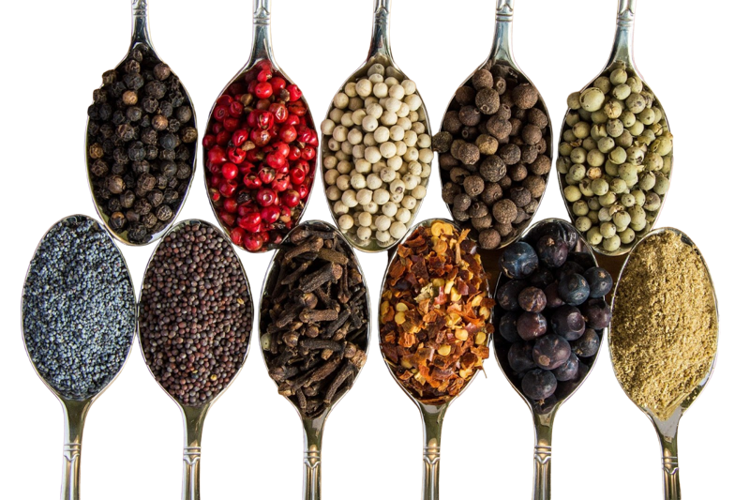
Western food can be considered to be heavier in regard to texture since there is a heavy use of dairy products like butter, cream, milk and cheese etc. while preparing Western dishes. Whereas Indian dishes use mustard or coconut oil in their food preparations. The use of dairy products is also considerably lesser than Western cuisine. Therefore, India food can be considered lighter in texture and to digest as compared to Western food. Indian cuisine makes use of various spices such as cardamom, cumin, coriander, chilies along with usual salt, turmeric, garam masala and pepper etc. to makes their food more flavorful whereas Western cuisine uses majorly salt, pepper and herbs as seasoning in their food.
Pork and beef are known to be some of the major meats consumed in the Western cuisine whereas their usage in Indian cuisine is not so major. Indian cuisine uses chicken, lamb and goat more usually. One can also notice the absence of wine as an ingredient in Indian cuisine. Ingredients such as yoghurt, coconut milk etc. are used to make Indian curries more flavorful instead.
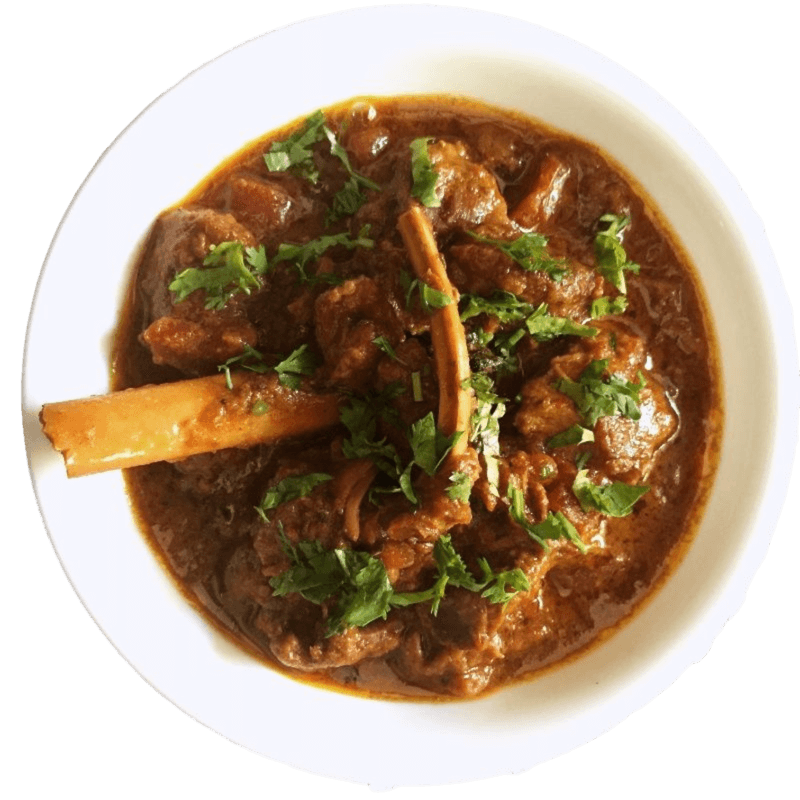
Mutton Rogan Josh
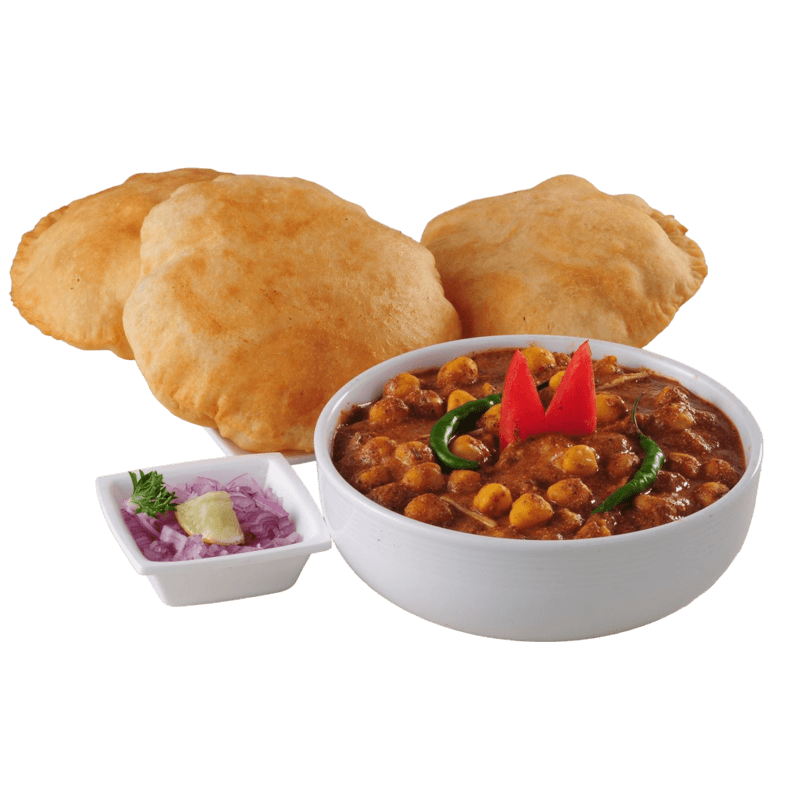
Chhole Bhature
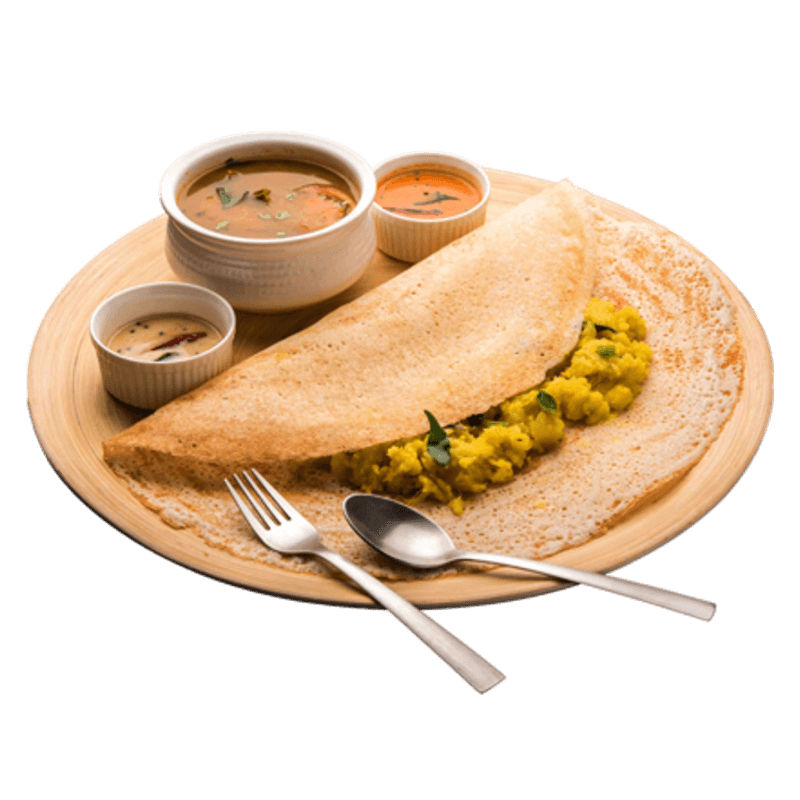
Masala Dosa
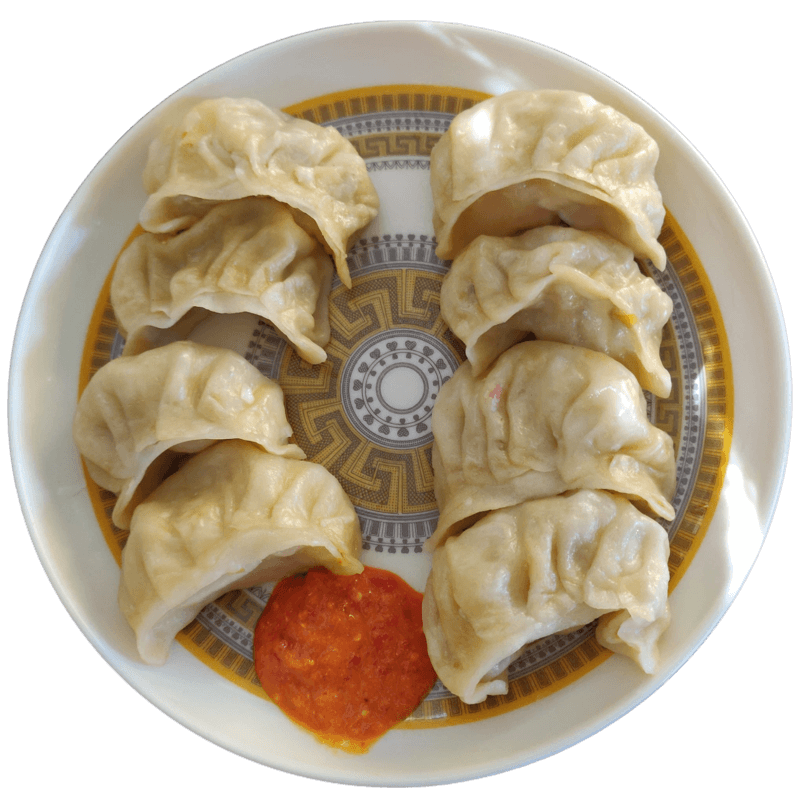
Momos
Indian cuisine will also have a majority, if not almost wholly, presence of vegetarian dishes since there is a large population in India who follow vegetarianism. India cuisine also almost completely makes use of local, seasonal and fresh ingredients that are available to make any dish, whereas Western cuisine will normally make use of canned, processed and/or fast-food items as well to make their dishes.
Religious Aspects of Indian Food
There is a prominent interconnection between food and religion in India. For example, the food that is served in temples, gurudwaras, mosques, churches or any other holy places, comes with its own set of dos and don’ts when it comes to preparing, serving as well as eating it comes into question. Like, in temples, onion and garlic is strictly not used to prepare food as they are believed to be unworthy ingredients to be offered to God. The food also has to be strictly vegetarian. In gurudwaras, while you will not see an equal strictness over the preparation of food, the food still strictly has to be vegetarian and has to be eaten by sitting on the floor, regardless of one’s status.
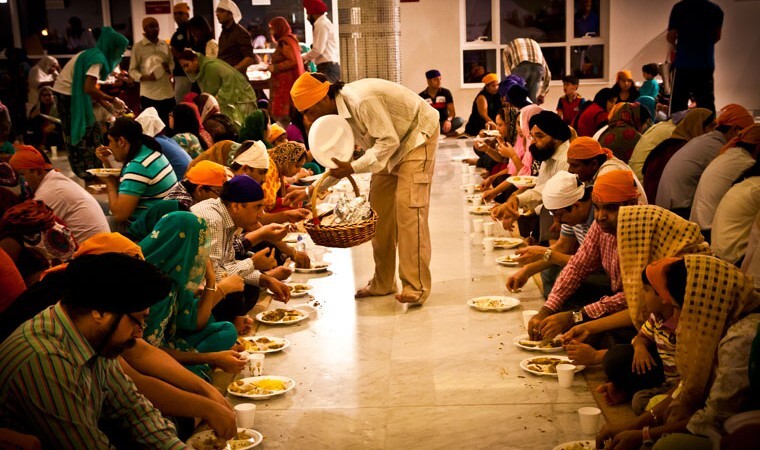
These are a few examples of food having a set of instructions when it comes to religion. Another thing that a traveler might notice in India is that a number of the majorly practiced religions in India come with some sort of dietary laws and restrictions. For example, Hinduism strictly forbids consumption of beef because of its belief that a cow is a sacred animal in the religion. In the same way, Islam also strictly forbids the consumption of pork and several other items and also allows only the ’halal’ way of eating.
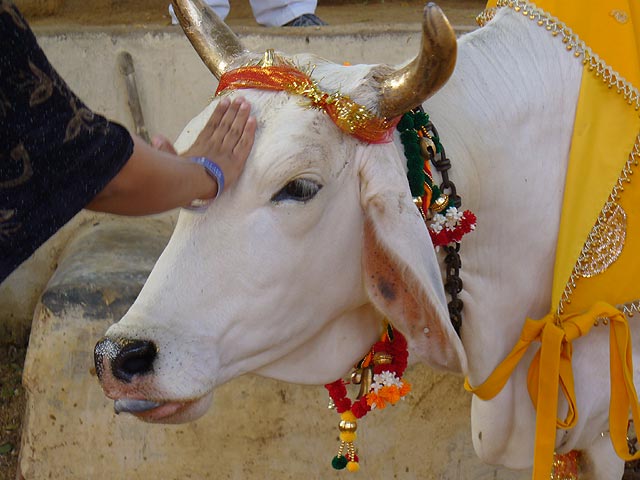
A wide number of Jains also follow the Jain ideology of not eating root vegetables, in keeping with a Jain ideology that prohibits ‘killing’ a plant completely by uprooting it. A certain section of people following Sikhism also adopt vegetarianism after which they follow a different set of rules as to what to eat or what not to, which differs slightly from the normal rules of Sikhism. Even if a person is not a complete vegetarian, it will be completely normal of them to be abstaining of meat consumption on certain days, owing to their religious beliefs. Therefore, while travelling to India, travelers should be mindful of people’s religious sentiments about food so as not to offend their beliefs.
Traditions Related to Indian Food
When travelling to India, a person will find colours of Indian traditions in the local Indian cuisine that they will enjoy during the duration of their travels. These traditions make up a significant influence when it comes to the selection of ingredients, spices and/or methods of preparation of food. One will also notice that these traditions will vary from region to region and also from one traditional occasion to another.
Indian food is a huge melting pot of traditions that make up the cuisine and influence how the food is prepared and even how food is prepared for different events such as festivals, holy days, weddings, etc. Weddings for example, are celebrated a tad bit differently, food-wise, depending upon the region they are being celebrated in; a wedding in the northern region of India would most likely have a large buffet of various dishes of Indian and other countries’ cuisine and guests would help themselves to the food as they fancy, but a wedding in the southern region of India would most likely have a traditional south Indian cuisine feast which would be served to guests in a specific order while sat in communal seating as is normal for a wedding in the south region of India.
Various festivals, although celebrated across multiple states in India can have different food being served, in accordance to the traditions of the region they are taking place in. For example, Navratri, a nine-day long festival celebrated across various parts of North India as well as in some parts of Western India, differs in the way of being celebrated, the food served during the festival and even how it is ended sometimes too.
In North India, you will find only vegetarian food being eaten and served during the festival by Hindus who celebrate it. But you will find some non-vegetarian food being consumed and served by some people in areas of Western India in celebration of the same festival. But, the one universal thing that one will find is that every region follows its own personal set of traditions when it comes to food.
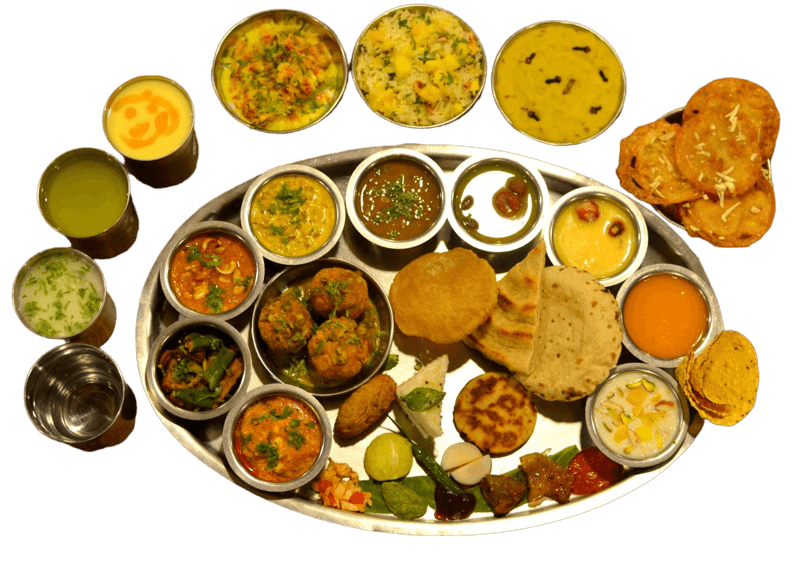
Grand Rajwada Thali famous in the state of Rajasthan, India
All in all, India is one huge melting pot of traditions, religions, and various other factors which dictate how food gets prepared in different regions of this culturally diverse nation. The one thing that remains constant all across India is the presence of flavor, depth and a significant level of spice in the local cuisine no matter where a traveler heads to!
The Majestic Agra Tours & Sightseeing

